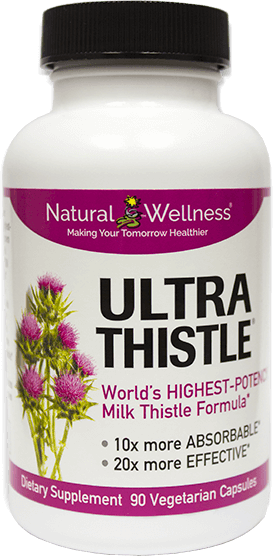Ref13P6 - Free radical scavenging properties of Siliphos®
Free Rad. Res. Comms., Vol. 11, Nos. 1-3, pp.109-115
Studies on the Antioxidant and Free Radical Scavenging Properties of IdB 1016 (Siliphos®) A New Flavanolignan Complex
A. Comoglio, G. Leonarduzzi, R. Carini, D. Busolin, H. Basaga*, E. Albano, A. Tomasi**, G. Poli, P. Morazzoni***, and M.J. Magistretti
*Department of Experimental Medicine and Oncology, University of Turin, **Institute of General Pathology, University of Modena and ***Inverni della Beffa Research and Development Laboratories, Milan, Italy
Flavonoids are a wide group of plant-derived compounds which have been demonstrated to have antihepatotoxic effects. Among the flavonoids the purified extract of Silybum marianum (silymarin) and its main active constituent silybin have received substantial attention because of their antioxidant properties.
Nonetheless, the possible application of these flavonoids in therapy is hampered by their low solubility in water and by the poor enteral absorption. In order to increase absorption silybin has been complexed on a molecular level with phosphatidylcholine to create IdB 1016 (Siliphos®). After oral administration of IdB 1016 (Siliphos®) to rats the plasma levels of silybin were found to be significantly higher than those present after the administration of either uncomplexed silybin or silymarin to humans (1).
In conclusion of this study it was found that IdB 1016 (Siliphos®) is able to reach intracellular sites at concentrations which make it effective as an antioxidant. It was also proven to target the liver preferentially. Also, the fact that it is capable of scavenging free radicals and inhibit lipid peroxidation suggests that this compound may be potentially useful to protect against free radical-mediated toxic damage.
1. N. Barzaghi, G. Perucca, G. Pifferi and A. Crema, (1989) Single-dose pharmacokinetic study of IdB 1016 (Siliphos®), a new flavanolignan complex in man. European Journal of Clinical Pharmacology, 36 (suppl.), A110

